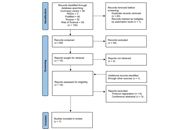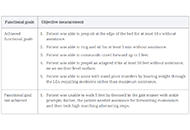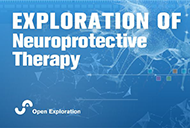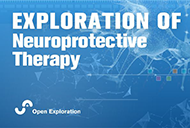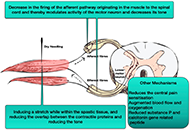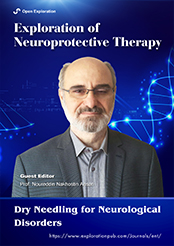
Dry Needling for Neurological Disorders
Guest Editor
Prof. Noureddin Nakhostin Ansari E-Mail
Department of Physiotherapy, School of Rehabilitation, Research Center for War-affected People, Tehran University of Medical Sciences, Tehran, Iran
Research Keywords: neurorehabilitation; physiotherapy; spasticity; stroke
About the Special lssue
Dry needling (DN) is a modality commonly used by physiotherapists for the management of pain and dysfunction associated with trigger points. In recent years, DN has been introduced as a novel strategy for the management of muscle spasticity after stroke. There are increasing publications reporting the positive effects of DN on muscle spasticity. DN has been shown to be effective in reducing spasticity, increasing range of motion, improving active voluntary movements and function after stroke. The positive effects of DN on muscle spasticity after stroke have placed DN as an emerging key treatment option in the field of neurorehabilitation.
The application of DN has been recently expanded to other neurological diseases with muscle spasticity, such as multiple sclerosis. Although increasing evidence emerges on the DN supporting it for the treatment of muscle spasticity, there are still numerous questions regarding DN in neurorehabilitation, from the effective dose and protocol to the mechanisms behind its effects in muscle spasticity. Current strategies include the use of DN in combination with exercise therapy to enhance the effects on spasticity and movement dysfunction.
This Special Issue is devoted to the use of DN in the field of neurorehabilitation, particularly to the above themes and neurological problems in upper motor neuron syndrome. Studies in humans using randomized controlled trials, original research, case series, as well as experiments in animal models, are all encouraged and welcome.
Keywords: dry needling; neurology; neurorehabilitation; spasticity; stroke; multiple sclerosis; movement dysfunction
Published Articles
